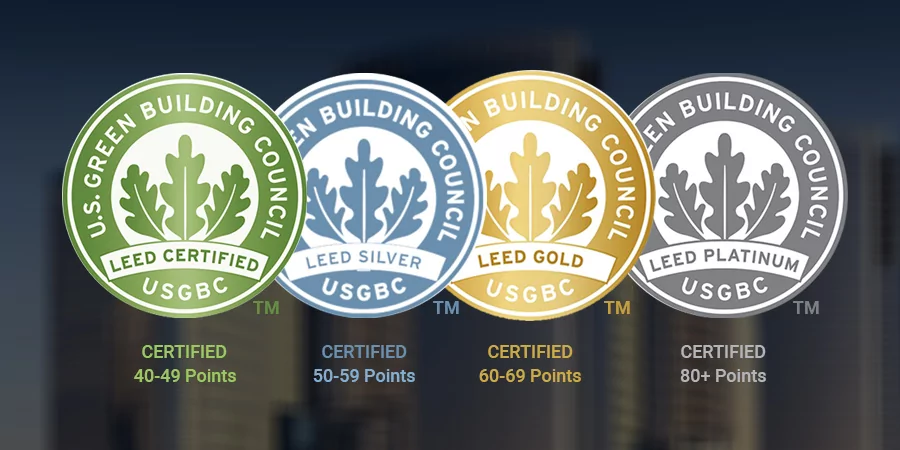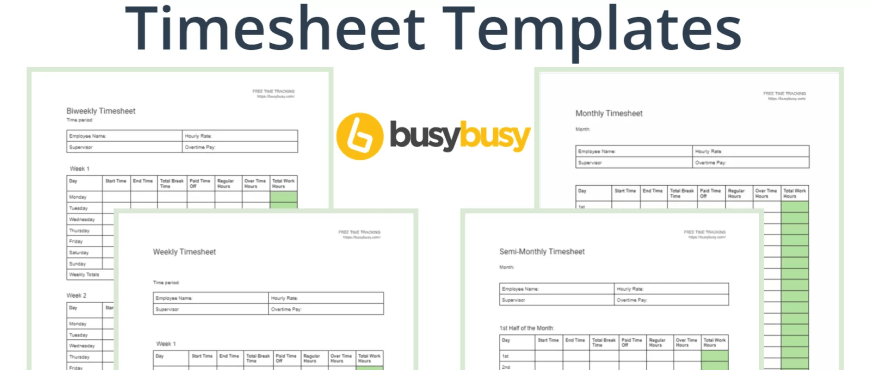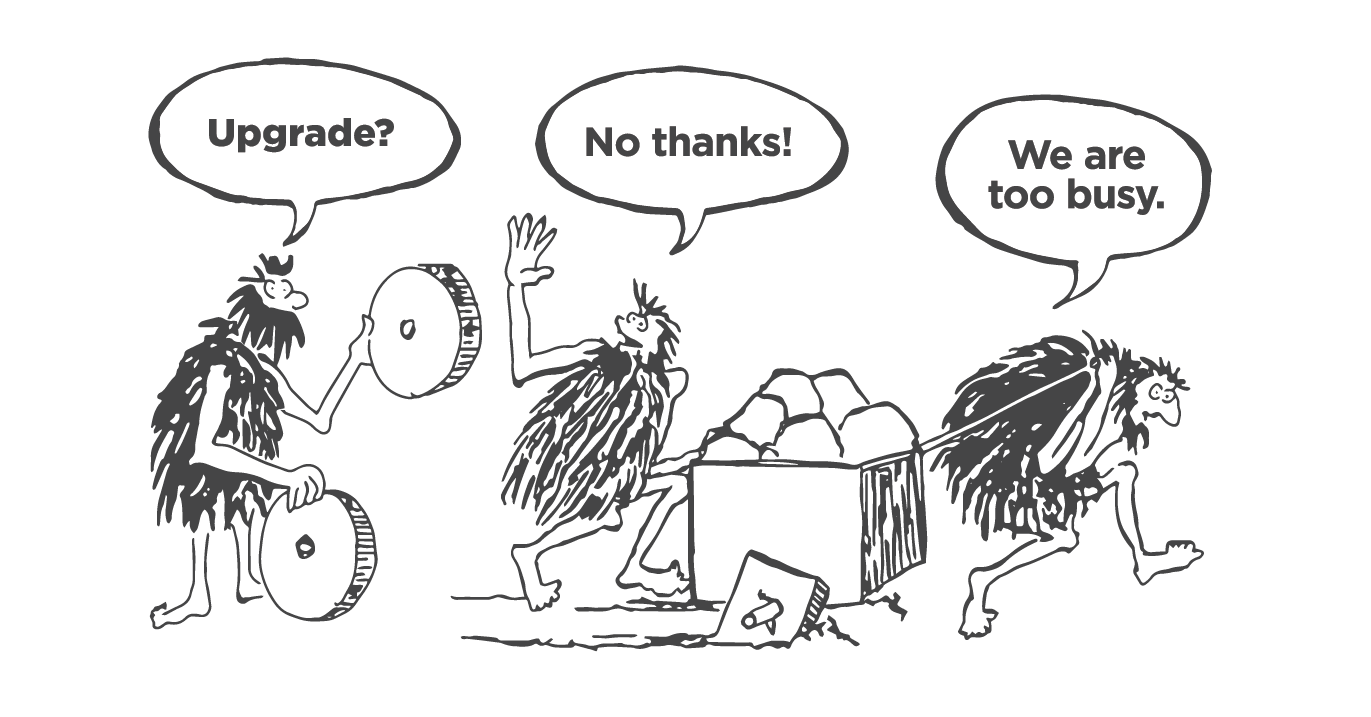
In the construction industry, LEED certified builders meet standards that are aimed at improving the quality of the environment. Having LEED certification as a contractor could give you a competitive advantage while meeting tenants’ demands for more sustainable buildings. In this article, we will answer the following questions:
- What is LEED?
- How Does LEED Certification Work?
- What impacts your LEED score?
- Where can I go to become LEED Certified?
- How can I ensure my project is LEED certified?
- Can LEED certification help profits?
Get a step ahead of your competitors by putting yourself in the position to bid on jobs that require LEED verification. Meet the requirements of the residential and commercial laws with ease by becoming a LEED certified associate.
WHAT IS LEED?
LEED stands for Leadership in Energy and Environmental Design. It is a green building certification program that is the globally recognized standard for the design, construction, and operation of high-performance green buildings and neighborhoods.
What Buildings and Projects Are Eligible For LEED Certification?
Building Types
- Commercial
- Residential
- Industrial
- Mixed-Use
Project Types
- Existing Building
- Additions
- New Construction
How Does LEED Certification Work
LEED has a system of credits that are equivalent to points. The US Green Building Council has a Credit Library that allows you to easily choose your project type and obtain a list of credits. For example, if you’re working on a healthcare facility, you would select the LEED BD+C Healthcare system rating and work towards credits in that specific category.
Examples of the Different Rating Systems to Choose from:
- LEED BD+ C: New Construction
- LEED BD+ C: Schools
- LEED ID+ C: Commercial Interiors
- LEED BD+ C: Healthcare
- LEED O+M: Existing Buildings
Find all of the different rating systems here.
To be eligible for LEED certification, you must meet all the prerequisites and achieve the minimum number of credits for your specific category. Projects then go through the verification and review process by GBCI and receive a level of certification. There are four different levels of certification based on the overall score of a project.
- Certified: 40-49 Points
- Silver: 50-59 Points
- Gold: 60-79 Point
- Platinum: 80+ Points
What impacts your LEED score?
To increase your LEED verification score, focus on being more efficient in these categories:
- Location & Transportation – What are the main ways people, employees, or visitors can get to your facility? Is it near public transportation?
- Sustainable Sites – What natural surroundings will your project site have once the structure is complete? How can your construction minimize its effect on the environment around it?
- Water Efficiency – Is your building’s water usage sustainable?
- Energy & Atmosphere – Indoor air quality must be maintained while simultaneously providing a pleasant and energy-efficient atmosphere for those inside the structure.
- Material & Resources – Is your building constructed using environmentally responsible materials? How do you plan to decommission and remove construction & demolition waste?
- Indoor Environmental Quality – This region is concerned with indoor ventilation and access to daylight.
- Integrative Process – What is the relationship between your building’s separate aspects, and how does this integration benefit your facility’s environmental sustainability?
Where can I go to become LEED certified?
To begin the certification process, go here and create your free online account. From there, you can see what credentials you have, which ones you still need, and how to obtain them!
How can I ensure my project is LEED certified?
Successful project management is crucial to meeting LEED certification requirements. This will help you know where you are succeeding and where you are falling short in project management. Being unorganized without accurate data to track can make this process harder. It’s especially easy to lose track of all the details on the jobsite. Having tools to manage projects will give you back more time and make maintaining LEED guidelines a breeze.
busybusy time tracking software is known for easily gathering accurate, high-quality data from field employees. This is the kind of data you need to know where you stand in the LEED certification process. busybusy’s app includes daily reports, photo and note storage, and customized sign-in questions. These features can help you organize data and easily see areas you can improve on. Small changes on the jobsite can boost your ratings in categories that you will be scored on. Using an app like this will help you easily find the areas to improve to get a more optimal LEED score.
Can LEED certification help profits?
Being LEED certified can lead to significant financial gains as a contractor. Owners of projects are often willing to pay extra for a LEED certified build. Some jobs are only available to LEED certified builders. Becoming LEED certified allows you to bid on these jobs, giving you a further advantage over competitors. This will both increase your profits and create new opportunities for you and your crew.
Importance of LEED in Construction
Effective June 6th, 2022, the Baseline Energy Efficiency Standards have been updated for new federal commercial and residential buildings. This means that the bar is being raised for builders when it comes to the environmental impact of their work. Being LEED certified proves that you are taking the right steps to help the environment. This will make it easier to abide by the new standards, improve the environment, and increase sustainability.
10 Reasons You Should Be LEED Certified
- Ability to bid on projects that require LEED certification
- Improve marketability and public image
- Increase the value of the property
- Improve the health and well-being of the public
- Reduce carbon emissions
- Reduce water consumption
- Enhance sustainable site development
- Protection of natural resources
- Improve indoor air quality
- It sets your company up to meet the required Baseline Energy Efficiency Standards
In Conclusion
LEED is one of the most popular green certification programs worldwide and is increasingly growing with more than 107,500 LEED-registered and certified projects in 182 countries and territories! Getting a LEED accreditation will give you a competitive advantage. As you work towards being a company whose projects are up to the LEED standards, make the process easier on yourself by using busybusy. Having a digital time tracking app, like busybusy, allows you to easily see the data behind your projects and where you need to improve in order to obtain your LEED certification.











